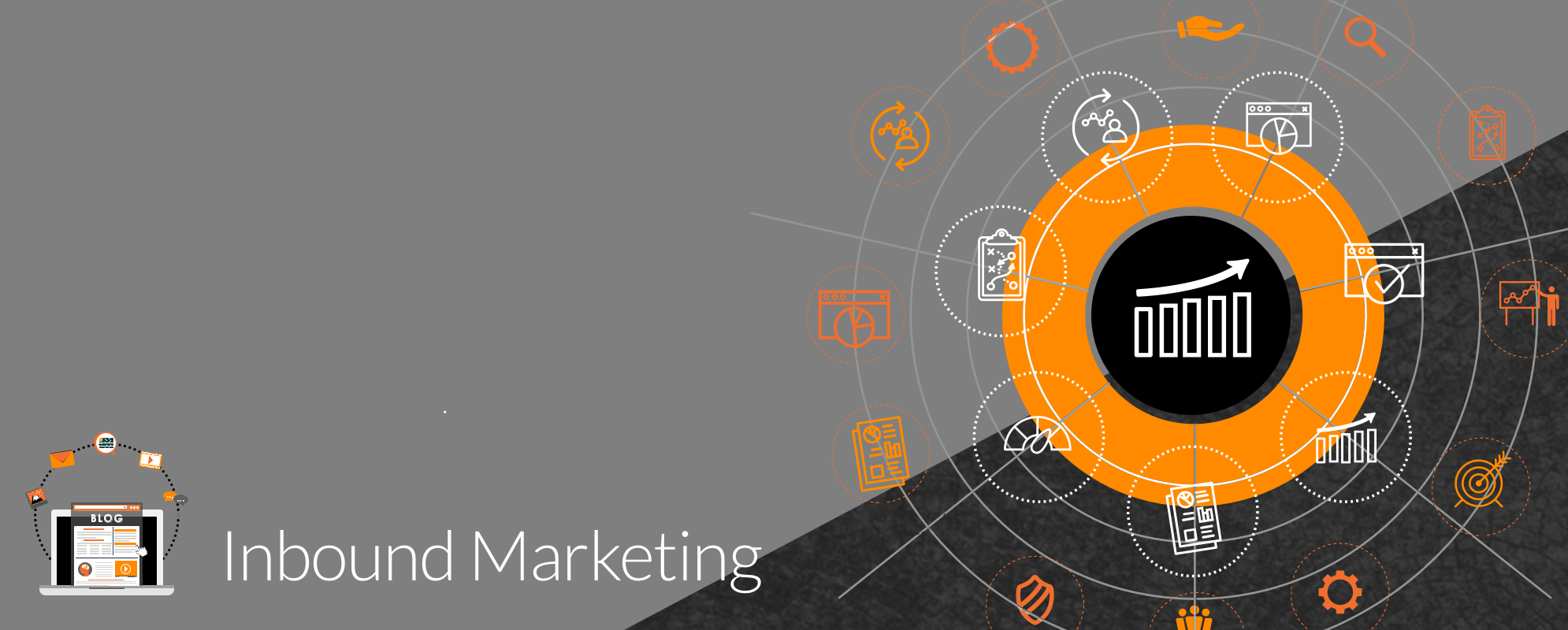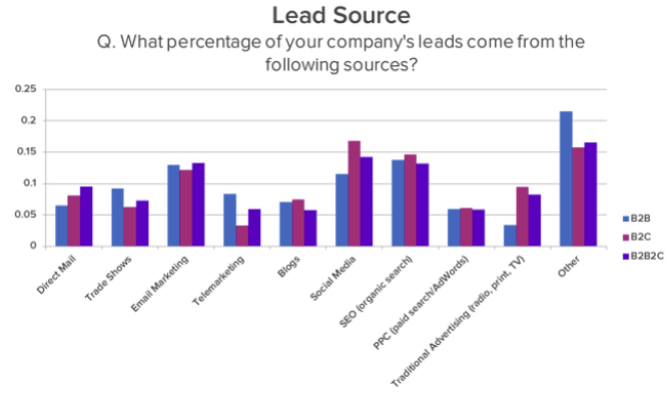
Get weekly
HubSpot updates
If you're selling software as a service (SaaS) then I'm pretty sure your business growth relies on leads.
It's also likely that your sales process involves some degree of consultation, whether that's via your sales teams or a high quality content asset that educates your target market as to how your software solves their challenges and pain points.
Not sure where to start? Take a look at these four lead generation channels and discover how they can start filling your sales pipeline.
What is lead generation?
For your business to thrive, you need to be creating a constant stream of potential customers. Lead generation is the effort your business makes to attract new interest to your products or services, and move high-intent individuals along the sales funnel.
Should you use all channels at once?
HubSpot recently evaluated the opportunities presented by the most popular lead generation sources and applied them to B2B, B2C and B2B2C scenarios. As demonstrated by the graph below, email marketing, social media and SEO come out as the top tactics to implement.

What many businesses don’t understand is that lead generation isn’t simply about the volume of leads, but also the quality of these individuals and whether they really are the right fit for your business. That’s why it’s important to use the kind of lead generation tactics that will really hit home with your target audience and save you time and money in the long run. When formulating your lead generation strategy, you need to acknowledge that one size does not fit all.
With this in mind, let’s take a look at the most popular lead generation channels and discuss their effectiveness for SaaS businesses.
1. Email marketing
This is a great way to reach a targeted audience that has opted into receiving information about your software. Emails are direct and personal, allowing you to initiate a conversation about upcoming events, exciting business news, or sharing unique promotions with customers that are most likely to benefit from this offer.
It’s essential to keep your subscribers happy and open to receiving news from you, so don’t over-do it with the frequency of your emails and make sure that your content is a worthwhile read.
Thanks to marketing automation tools like Mailchimp and HubSpot, scheduling your emails and creating content that systematically nurtures customers through the sales funnel is easier than ever before.
Who gets the most leads from email marketing?
- For B2B companies, email marketing provides 13% of their total leads, on average.
- For B2C companies, that figure is 15%.
2. Social Media
It’s true, big businesses are getting lost in people’s feeds. But that’s the natural response of social media creators in order to try and keep the content on their platforms relevant and useful for their users.
This isn’t necessarily a bad thing, however. In fact, it creates the incentive for companies to create more engaging and valuable content, and retain a dialogue with their followers and customers.
To get ROI (return on investment) from social media, you have to cultivate an authentic and engaging voice. Customers are very aware of when they are being sold to, so don’t try the hard sell talk in your social media content – it’s all about the conversation here. If every one of your posts is promoting your software and not offering anything back, you're going to struggle to see success on any platform.
Who should be using social media?
- B2C companies get 14% of their leads from this source.
- 12% of B2B leads come from social media.
- Small businesses can make a lot of gains from social, with 18% of their leads coming in from these platforms, compared with 7% for larger businesses.
3. Search Engine Optimisation
The first Google search results page hands over 91.5% of the traffic share to the sites listed on it. That should give you a lot of incentive to up your organic ranking..
You must be discoverable online. With 51% of all website traffic generated organically, you really have to:
- Assess your website content to ensure it is optimised for the search terms that are most important to your business.
- Review the user experience and lead capture on the pages that are ranking organically to ensure you’re not missing any opportunities.
- Consider technical on-page SEO ranking factors, for example page speed and whether or not you have an SSL certificate (HTTPS), as well as making sure the target keyword for a page is in the meta title, URL, meta description and in the page headers (H1, H2s etc.).
With a majority of people now using mobile devices to search, it’s important to ensure that your website is responsive on difference devices, too – you don’t want to miss out on the 73 billion phone calls that occur as a result of SEO.
Who does SEO work for best?
- B2B businesses generate 14% of their leads from SEO.
- 16% of B2C leads come from search engines.
- SaaS companies get 16% of their leads from SEO, so take note if this is your industry.
4. Blogging
Building up the content on your website is crucial for your SaaS business to generate more leads. Not only does it help your organic SEO, but it also provides your customers with the help and guidance they need to learn about your products and services in a broader sense.
Regular posts will keep your website up to date and help you to capitalise on keywords relating to your industry.
To get the most out of your blogs, you need to create content for each stage of the buyer's journey, from awareness, through to decision. It’s crucial that you speak your customer’s language and make sure the level of detail and technicality in your information meets their expectations. Furthermore, you need to get the most out of your blogs by creating strategic calls-to-action (CTA) and buttons that help your readers to share and react to your content across social media.
Who is blogging great for?
- Small businesses get 9% of their leads from blogging.
- 81% of B2Bs use blogs as a marketing tactic.
As we saw in HubSpot’s Lead Source graph at the beginning of this post, there are a plethora of avenues to pursue when it comes to formulating a lead generation strategy for SaaS. Video content and podcasts are also significant game changes in recent years. Learn more about how to use video marketing for lead generation.
Ultimately, you will have to closely study your buyer personas and use the data you collect to locate the best lead generation methods for your business. It is often the case that a carefully planned collaboration between all of these tactics needs to occur in order to ensure your marketing activities are geared towards the same goal.
At Klood, we specialise in SaaS lead generation strategy and, in particular, how to implement one that will grow your business exponentially.
If you want to find out more about generating high quality SaaS leads with a free trial marketing strategy, click below.
Further Reading
5 Secrets to Increase Traffic to Your Website & How to Use Them

